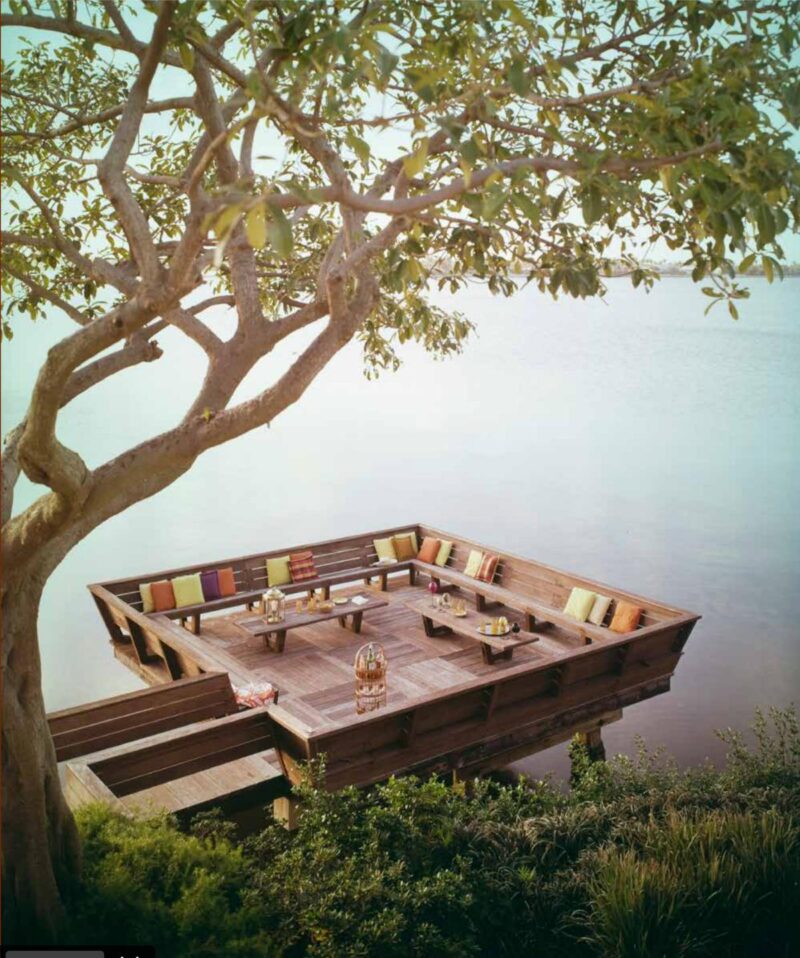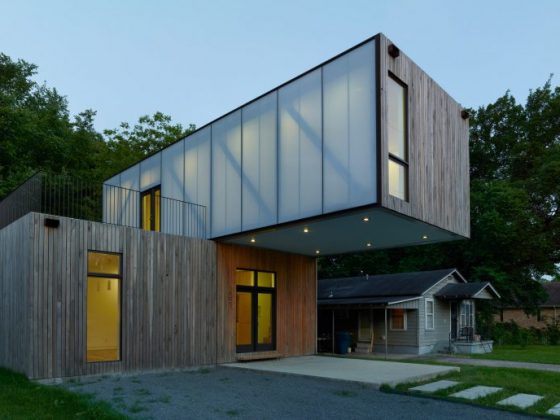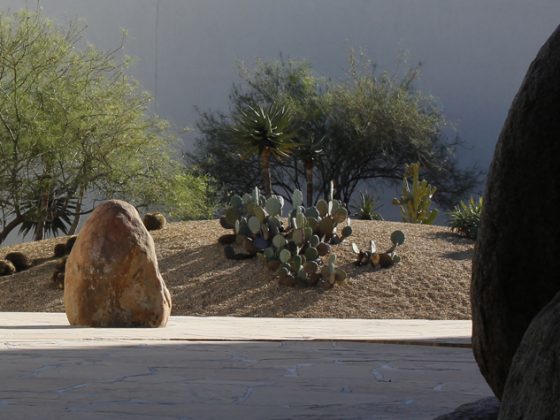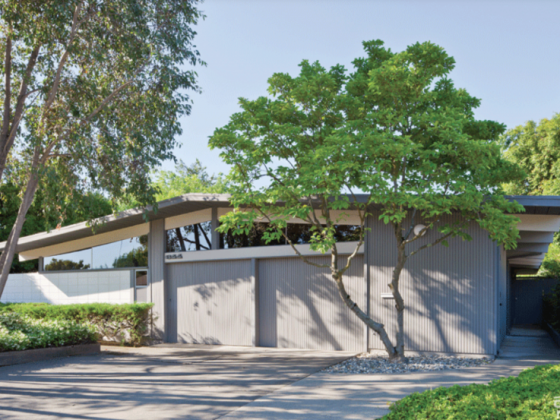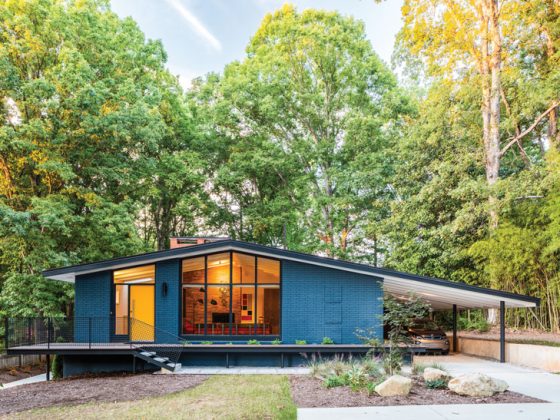When asked to describe Mid Century Modern design, most people focus on buildings and interiors. Equally enthralling, however, are MCM gardens and outdoor spaces. Those who want to learn more about the history and design of modernist gardens should explore the pages of The Modern Garden: The Outdoor Architecture of Mid-Century America, by Pierluigi Serraino.
Take a Stroll Through the History of Mid Century Modern Gardens

The 224 pages of The Modern Garden are packed with details about the challenges faced by MCM landscape architects, and how they overcame those challenges. As you read the book, you’ll learn about seventy-five projects, most of them residential. Among the featured landscape architects are Richard Neutra, Thomas Church, Garrett Eckbo, Lawrence Halprin, and Frank Lloyd Wright.
Related Reading: Landcaping for the Mid-Century Front Yard

The photographs in the book are works of art themselves, captured by Ezra Stoller, Julius Shulman and others. Many have never been published elsewhere. Serraino observes that most photographs of MCM architecture are centered on the buildings. But in real life, when we are physically on the grounds, the landscape often dominates. The photos in this book do a wonderful job bringing balance to the two.
Restoring Balance Between Indoor and Outdoor Living

In The Modern Garden, Serraino explains the challenge faced by landscape architects in the mid century:
“Modernism put nature in the back seat of spatial discourse: it made nature irrelevant. The factory replaced the park, and the supreme attention devoted to the ideological and material implications of mass production deposed, figuratively speaking, the organic. The spatial revolution was underway, leaving landscape architects far behind.”
Over the course of the book, Serraino describes the adaptations that landscape architects made to restore relevance and balance to outdoor spaces. This started with finding fresh inspiration for brand new styles:
“A novel repertoire of relationships and forms emerged, rooted in the visual explorations of fields of colors, floating geometries, and free form.”
Another change was the melding of indoor and outdoor spaces. Serraino quotes Joseph Hudnut, first dean of the Harvard Graduate School of Design, as saying:
“The new vision has dissolved the ancient boundary between architecture and landscape architecture. The garden flows into and over the house.”
Indeed, much of the focus of Serraino’s book is on how MCM landscape architects were able to dissolve the “established hierarchy of architecture over landscape” through the seamless integration of indoor and outdoor spaces, the latter of which could be experienced like immersive sculptures (referring to insights from James Rose).
Deepen Your Appreciation for Mid Century Modern Landscape Architecture

Every reader will have their own takeaways from The Modern Garden and Serraino’s insights. Ultimately, what the author of this review came away with was a deeper understanding of how Mid Century Modern landscaping architecture evolved.
Ironically, it was the modern world’s initial rejection of garden spaces that prompted landscape architects to finally overcome the hierarchy that had relegated their work to the backdrop. It is thanks to their tenacity that many residential spaces today “invite the outdoors in,” and are designed around unity instead of division, offering a fuller experience of living and a more harmonious coexistence with nature.
If you enjoyed book review, you may also like Discover a New Cookbook Loaded with MCM Vibes and Tips for Styling a Bookcase. And of course, don’t forget to follow us on Instagram, Facebook, Pinterest and YouTube for more Atomic Ranch articles, house tours, and ideas!

